A study on cryogenic soils (permafrost) was carried out in Northern Russia as part of international German-Russian research of post-pyro dynamics of forest-tundra landscapes. One aim of the study was to understand the effects and extent of tundra fires. Tundra fires are potential triggers of climate warming. The fire can melt the tundra’s permafrost and cause greenhouse gases to be emitted. In the last 18 years, there were 18 fires covering 20% of the total area studied. Using a Vanta™ handheld XRF (HHXRF) analyzer, researchers carried out on-site, wide-ranging analyses of fire-affected and native soil. Because of the inaccessibility of the terrain, the Vanta analyzer’s high portability and durability were critical factors. | 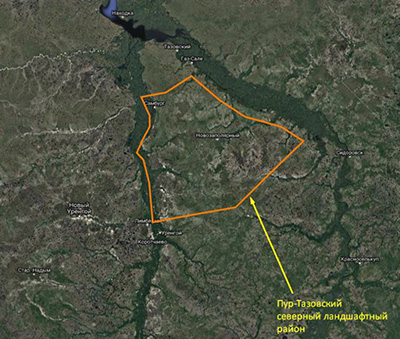 Study area in the Pur-Tazovsky region of Russia |
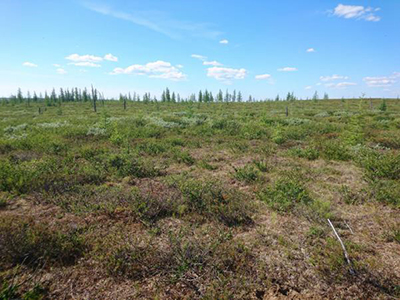 | 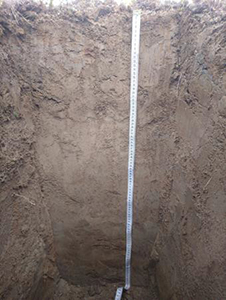 |
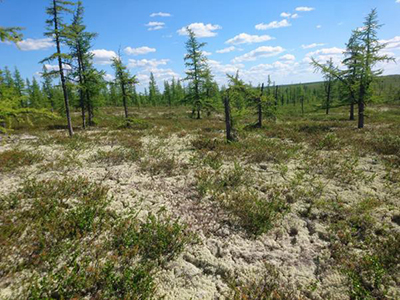 | 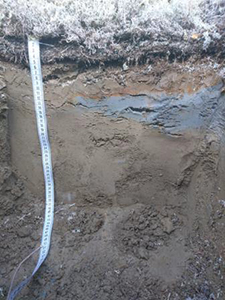 |
The graph shows a comparison of data from the GM horizon obtained using a Vanta analyzer and the book parameters (mg/kN). The high correlation betweent the Vanta analyzer’s data and the accepted standards for tundra soils (Khrenov 2011) demonstrated an excellent potential for HHXRF in the field. |  |
What Happens to the Soil When the Permafrost Thaws?
The results showed that tundra fires have minimal influence on the migration of iron and related metals in fire-affected permafrost. A stronger relationship was found with the depth of the measurement. The concentration of iron increases by an average of 10% for every 10–30 cm of increased depth. It appears that the thinning of the permafrost layer caused by fire has no practical impact on metal distribution in the soil, even 30 years after the event. What these findings signify for melting permafrost and greenhouse gas emissions remains to be seen. However, this data may prove useful for future climate change research. HHXRF Assists Academic Research Far Off the Beaten PathThe use of Vanta HHXRF was a vital tool not only in assessing overall concentrations of chemical elements, but also in studying basic elementary processes in cryogenic soils. Being able to collect a large data set in a remote location in a short amount of time enabled the researchers to explore such factors as element distribution and the amount of organic substances and to correlate these factors to the natural features of permafrost such as depth and fire history. | 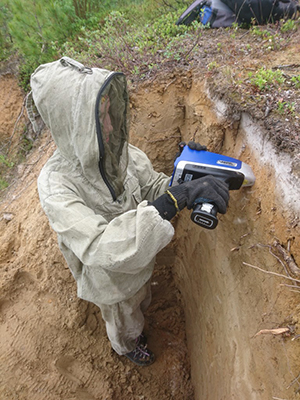 Elena Ryazanova, geologist, Geoelement LLC, Russian Federation |
Related Content
Hidden Danger: Screening Garden Soil for High Levels of Lead
Decoration for the Dead: Using XRF to Test Pigment Color on Ancient Egyptian Sarcophagi
Identifying Rock Types and Mineralization with XRF at the Mount Pleasant Mine
Get In Touch

